Baby Betta Care: Feeding Your Baby
Your Baby Betta is going to have far higher caloritic needs then an adult Betta. They are still growing and need both the building blocks to grow as well as the daily energy to be a rambunctious trouble maker. You are going to need to feed them more frequently then you would probably feed an adult. Here at USBetta we feed our Babies 3x a day. We strongly recommend your primary food being live or frozen. For Baby Betta frozen Hikari Bloodworms, Brine Shrimp, and Daphnia are our go tos. We alternate between these every day. Your Baby Betta will not likely be able to eat most commercially marketed pelleted Betta foods as it will be too large for their mouths. You will need to pay careful attention to the size of the food your are buying. Most commercially available Betta foods are in 1mm pellet sizes which will not be able to be eaten by most Baby Betta.
Here at USBetta we feed our Baby Baby and most of our adults pellets that are .5 mm in size or crumbles with a similar size. We use New Life Spectrum foods in the “small fish” variety (UltraRed, TheraA, Grow, Betta Small) Kens Fish crumbles (Growth #1, Growth #2, High Protein Green .5, & Betta Micro Crumbles) and pellets (Color Enhancing .5), and Fluval Bug Bites. We do not recommend or use freeze dried products. We recommend staying away from products marketed for Fry as these tend to be very fine powders that your Baby Betta will NOT recognize as food. We also do not recommend flaked foods of any kind. We very strongly recommend you NOT only feed pellets or crumbles or other dry foods to your Baby Baby or even your adult Betta as it has a higher chance of causing digestive issues like constipation and also over time can lead to early kidney issues. We limit dry good feedings to only a few times a week at USBetta.
In the live food department black worms, various stages of Brine Shrimp, Daphnia, bloodworms, tubifex worms, smaller size mysis shrimp, and mosquito larva.
The important thing is to not feed only one kind of food and to vary the diet of your Baby Betta so they get all the nutrition they need to grow.
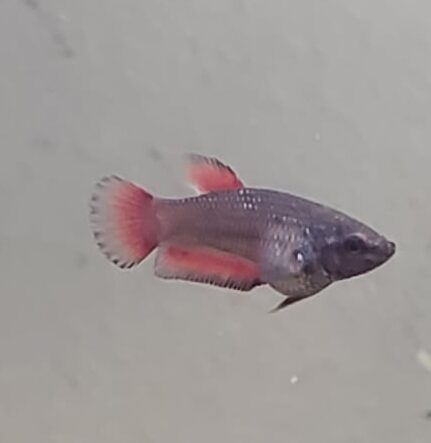
You should feed your Baby Betta until they have a noticeable bulge in the area between and behind their ventral fins. You do not want it to be extremely bulging but it should be noticeable. This bulge should go down significantly or be gone entirely by their next feeding. If it is not you should skip the next feeding or feed a much smaller amount. In cases where we have fish retaining the belly after a feeding we often elect to feed a more laxative type of food during the next feeding like daphnia. Keeping your Baby Betta well fed will help them get to their adult size and coloring more quickly. Once your Baby Betta has reached about 2″ in body size (from the tip of the “nose” to the start of the tail but not including the tail) then they have reached “adult” size and you can reduce feeding them to keep them from becoming overweight. Once they hit this size their growth will generally slow down heavily and they won’t have as high of a caloric need. This usually occurs around 4-6 months. Some will reach adult size at 4 months of age but most will do it more in the middle of that 4-6 month time frame, while slower growers may even take longer than 6 months. You can severely stunt your Baby Betta’s growth with bad tank parameters, cold water, or by not providing enough nutrition.
Products recommended in this article:
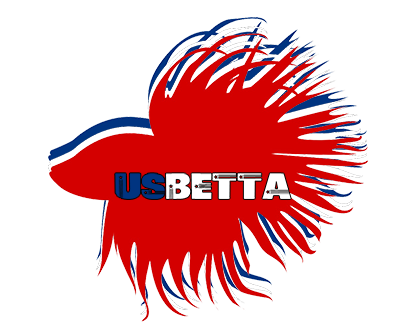
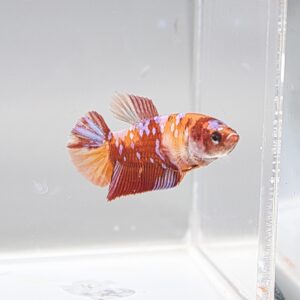
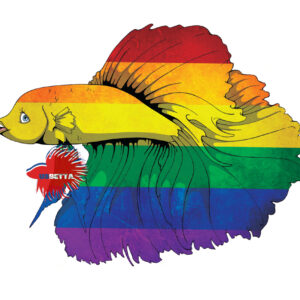
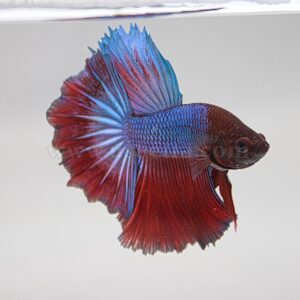
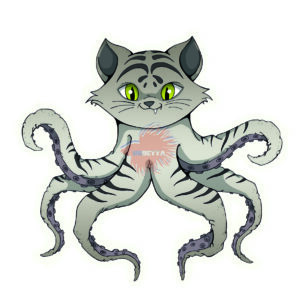
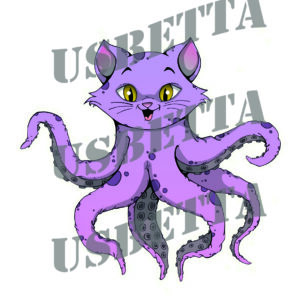
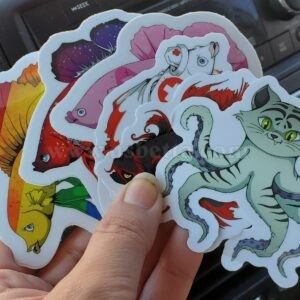
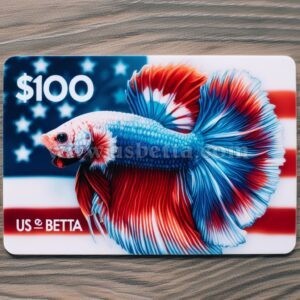
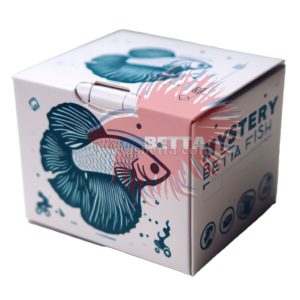
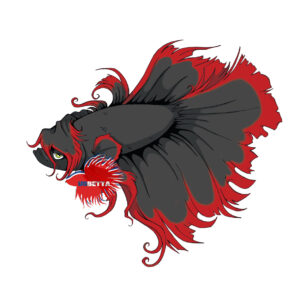
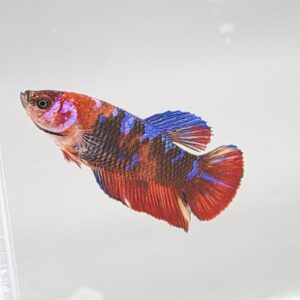
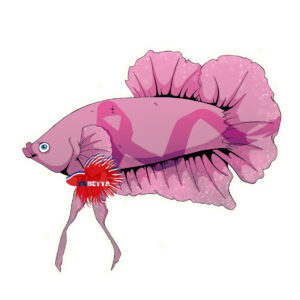
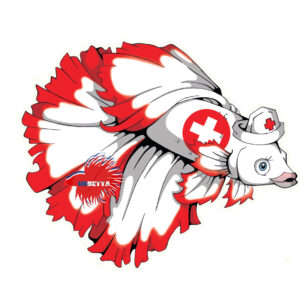
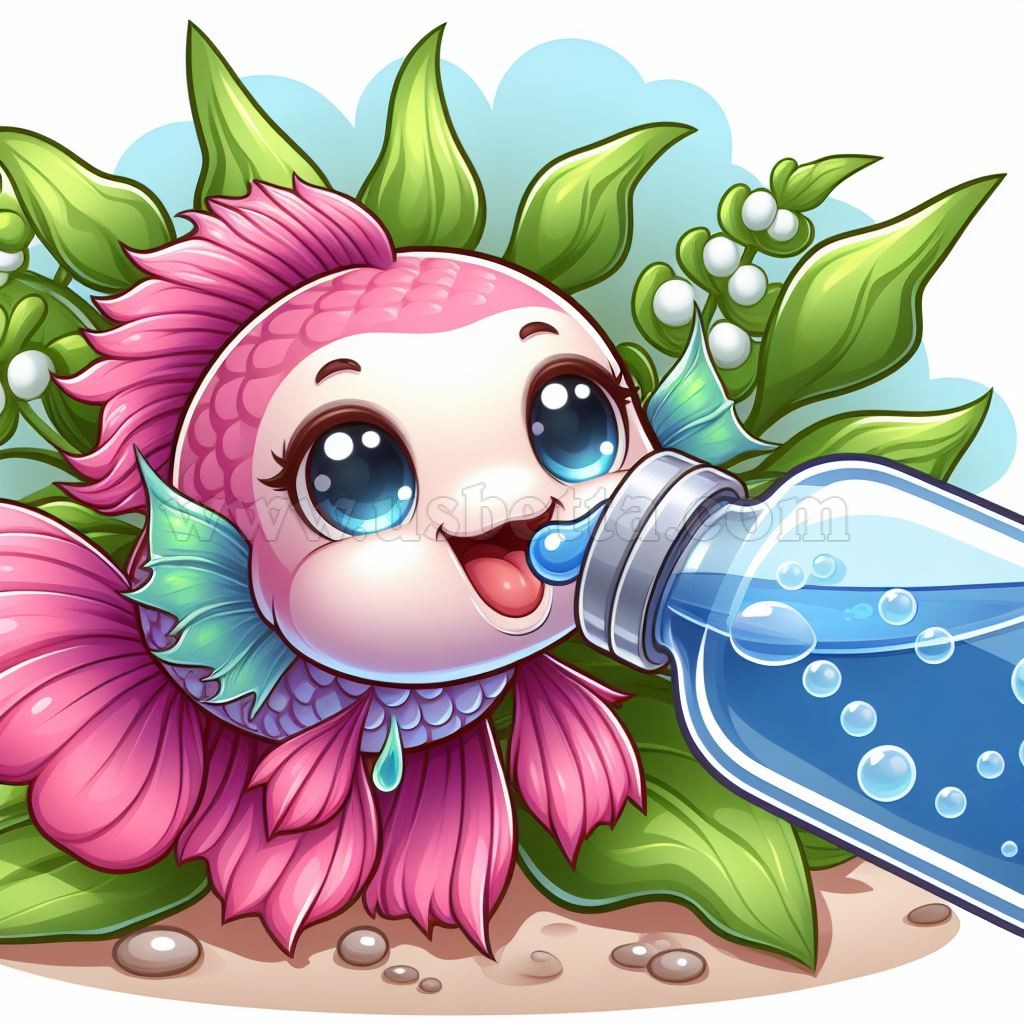

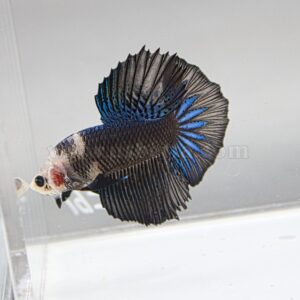
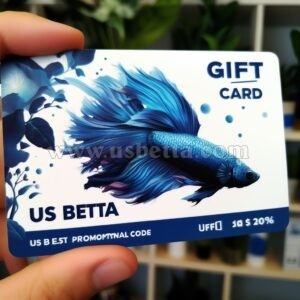
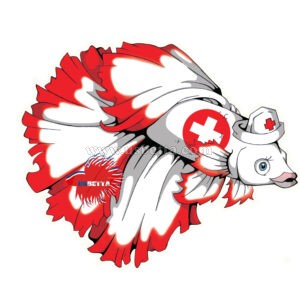
0 comments